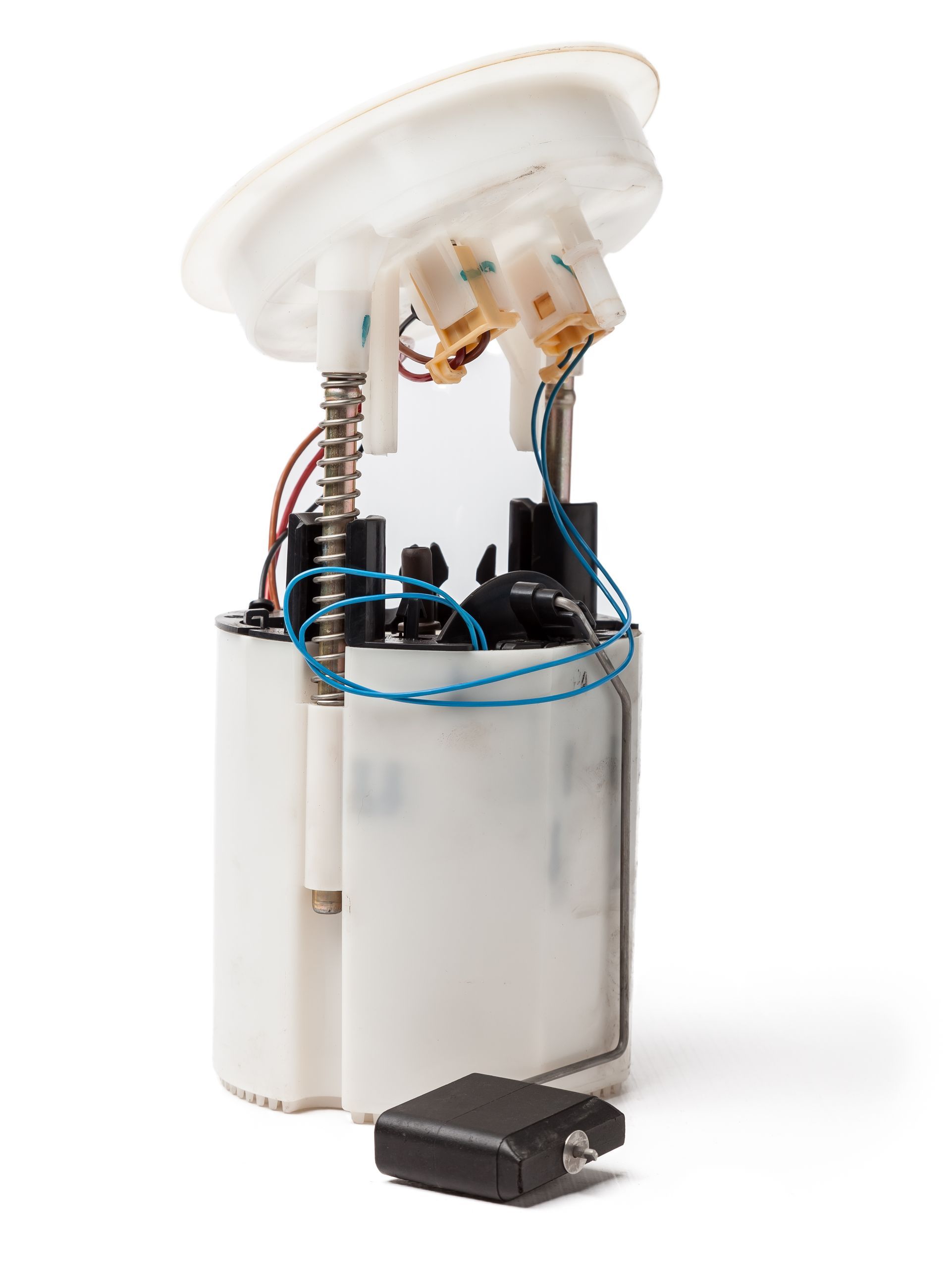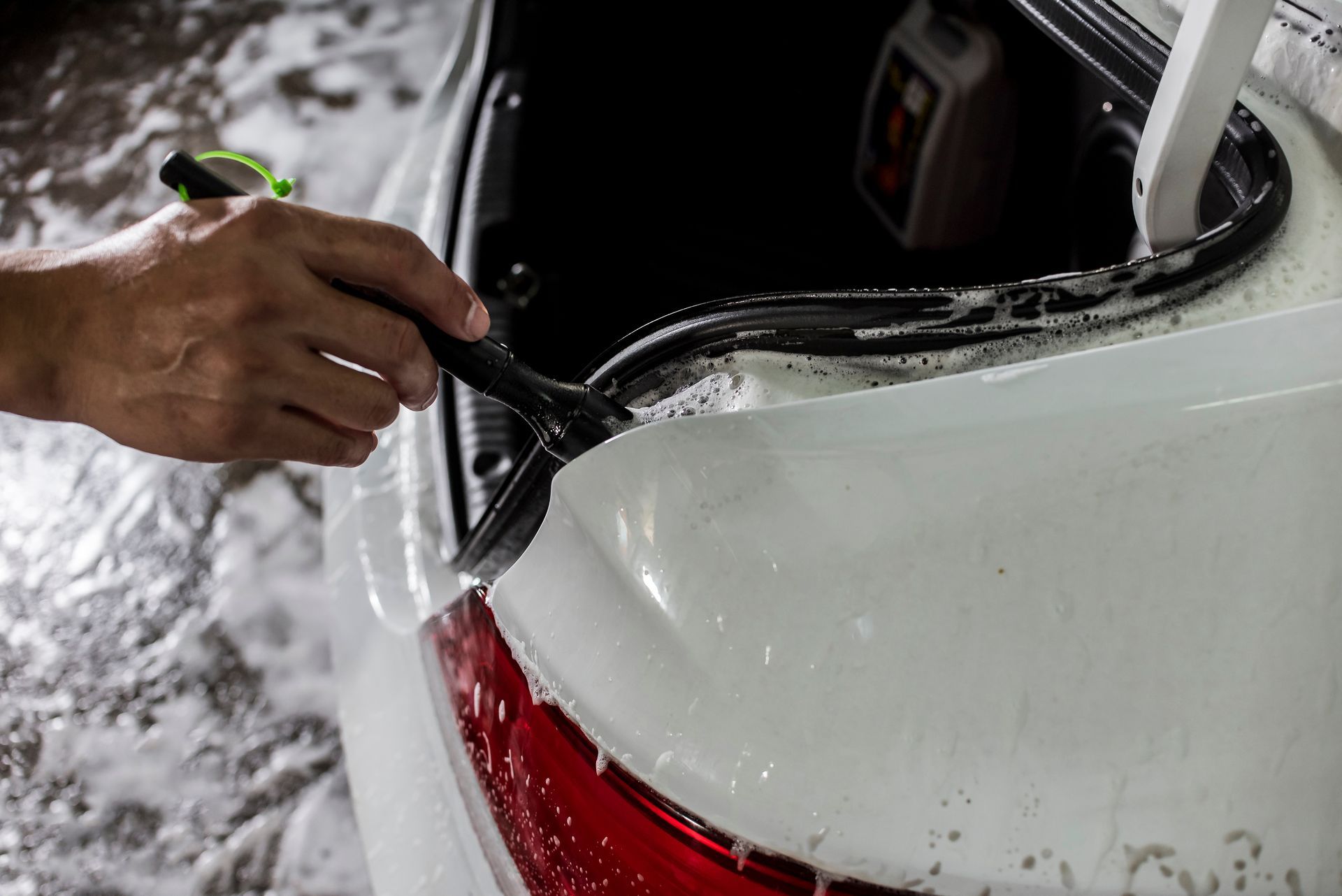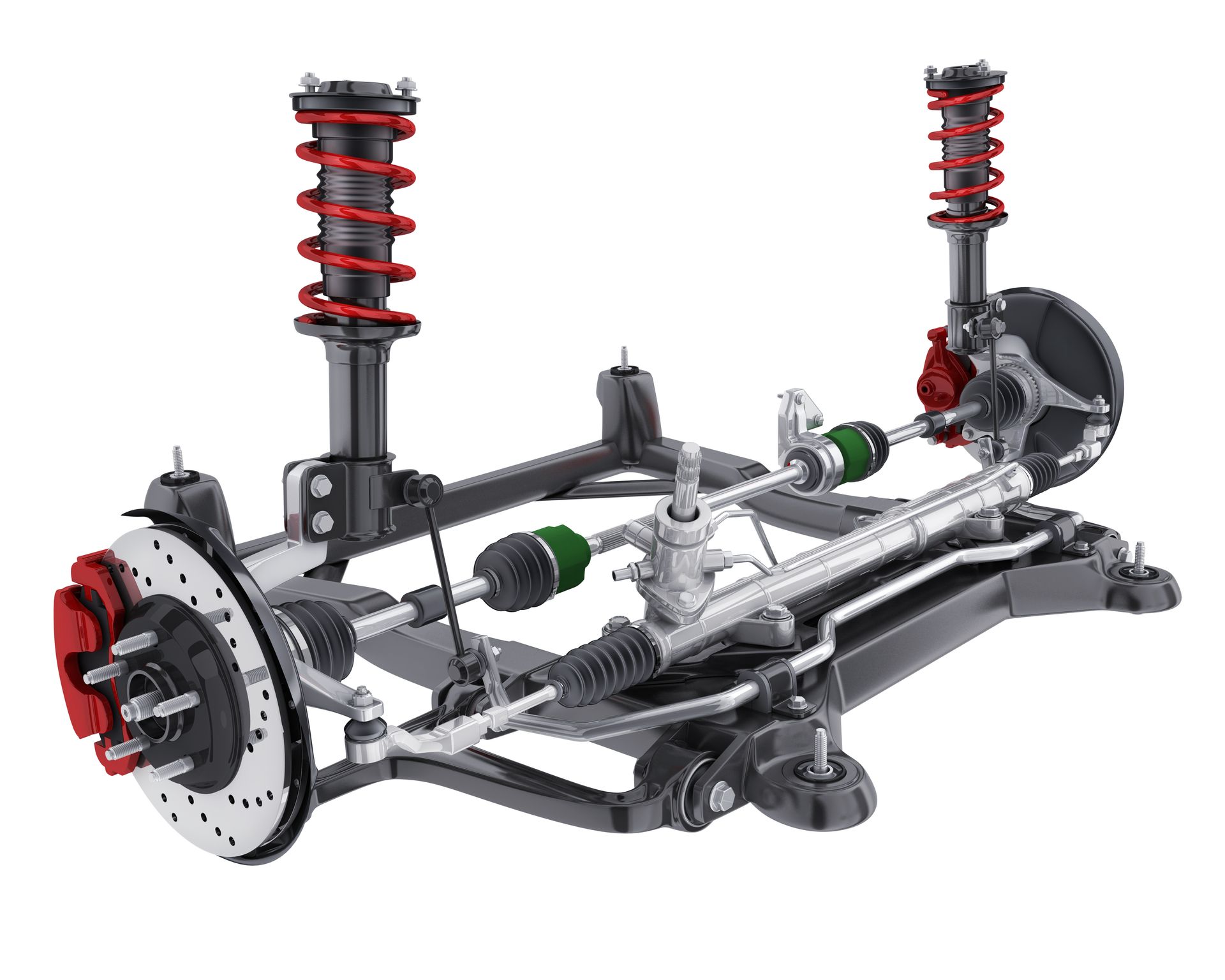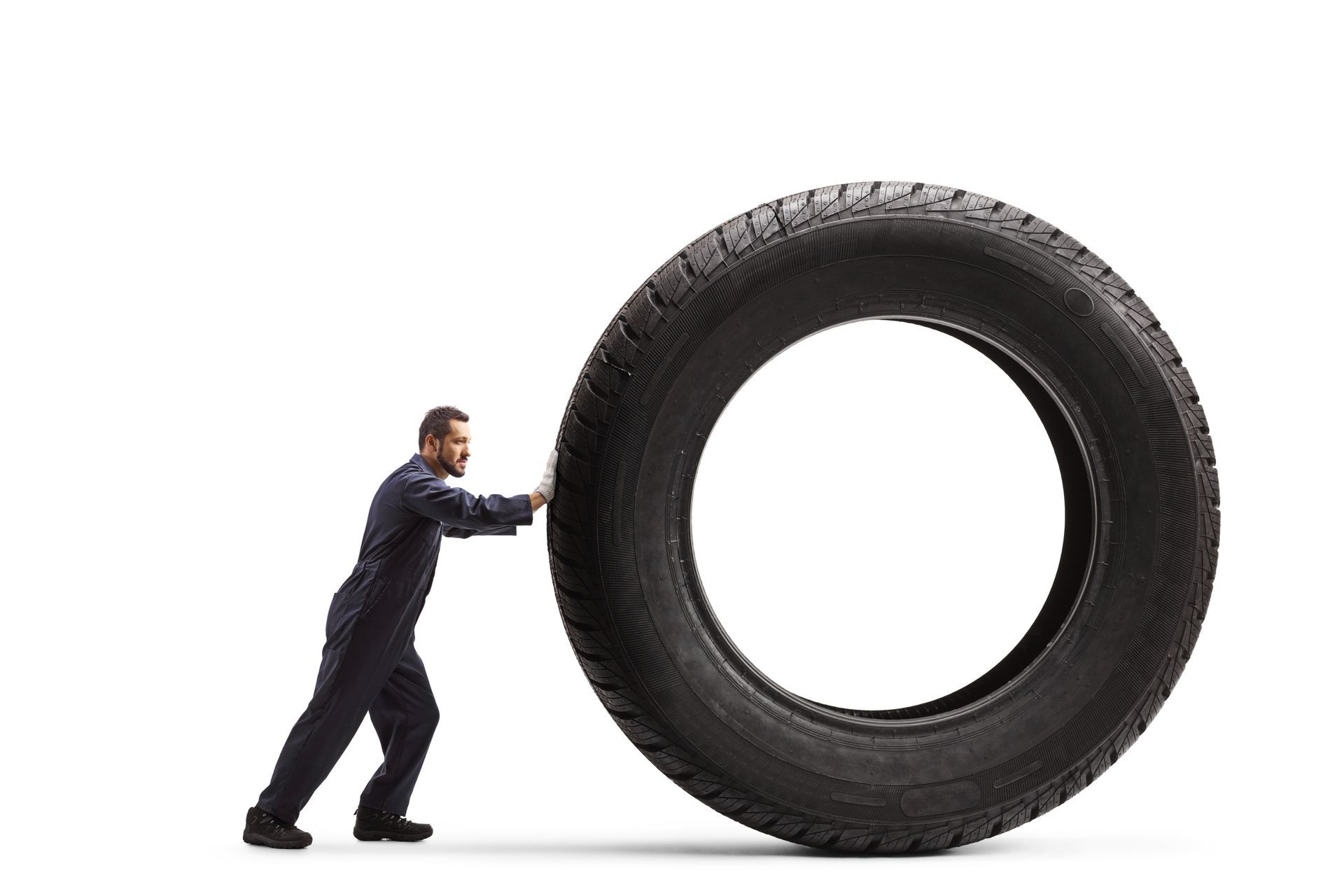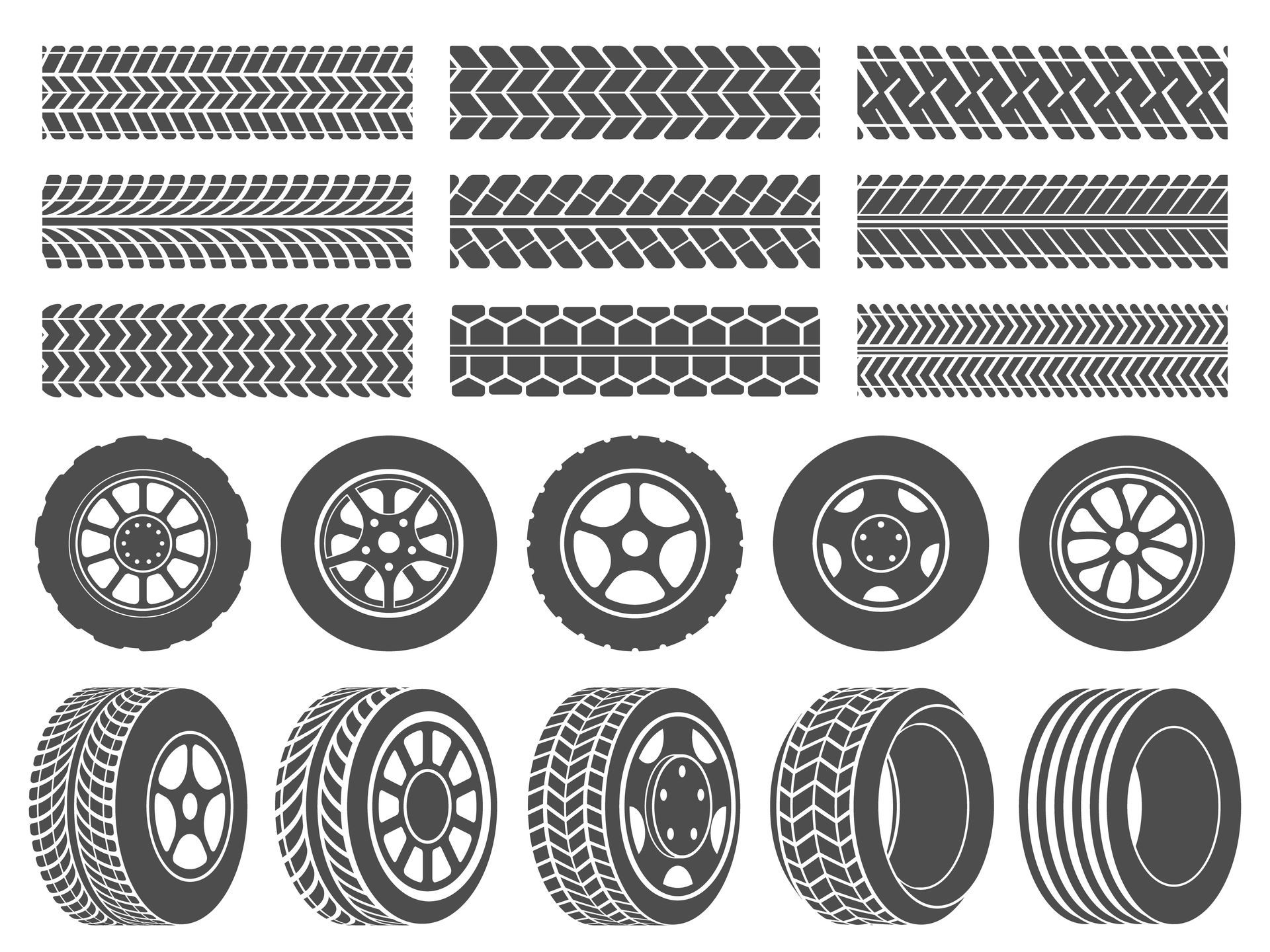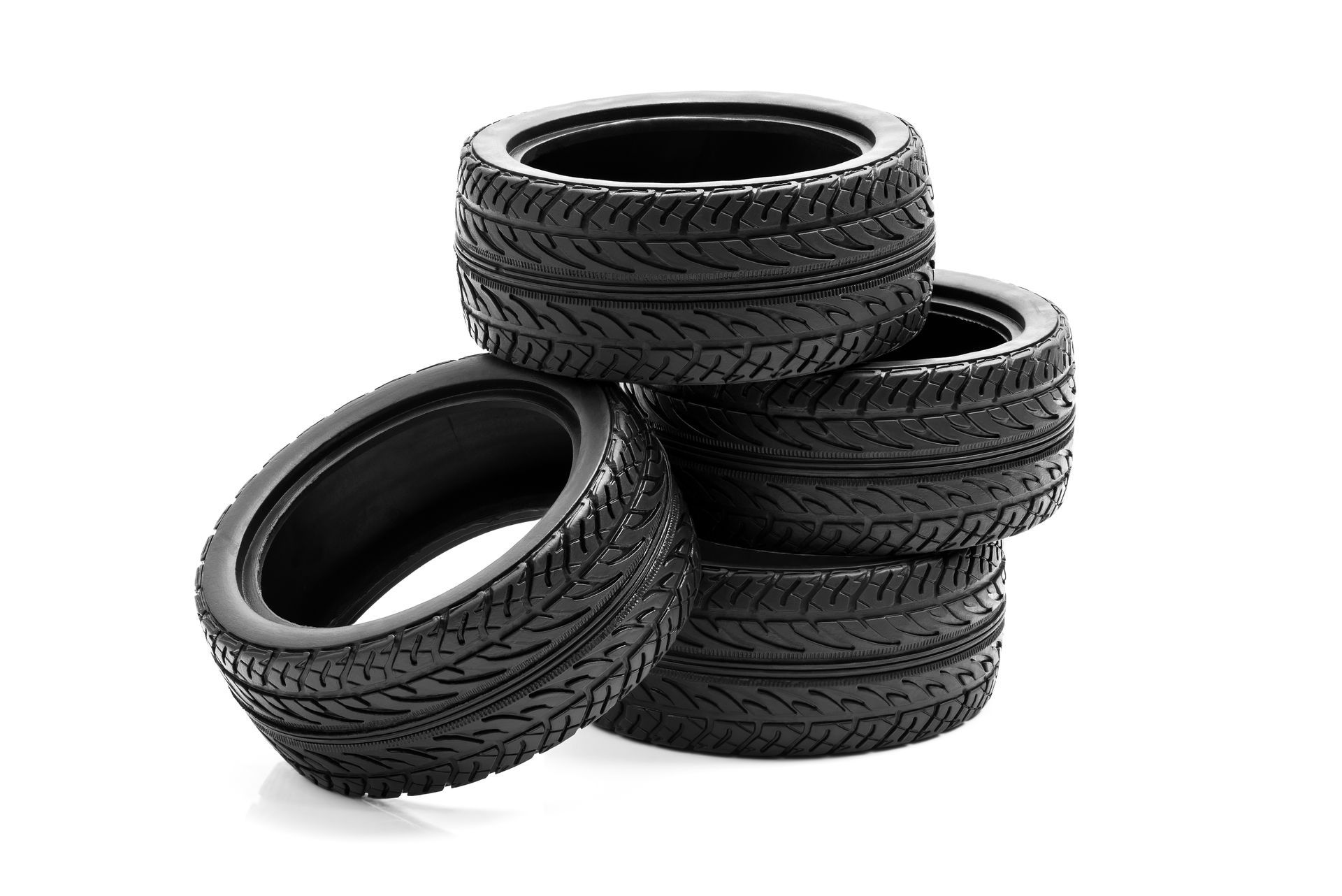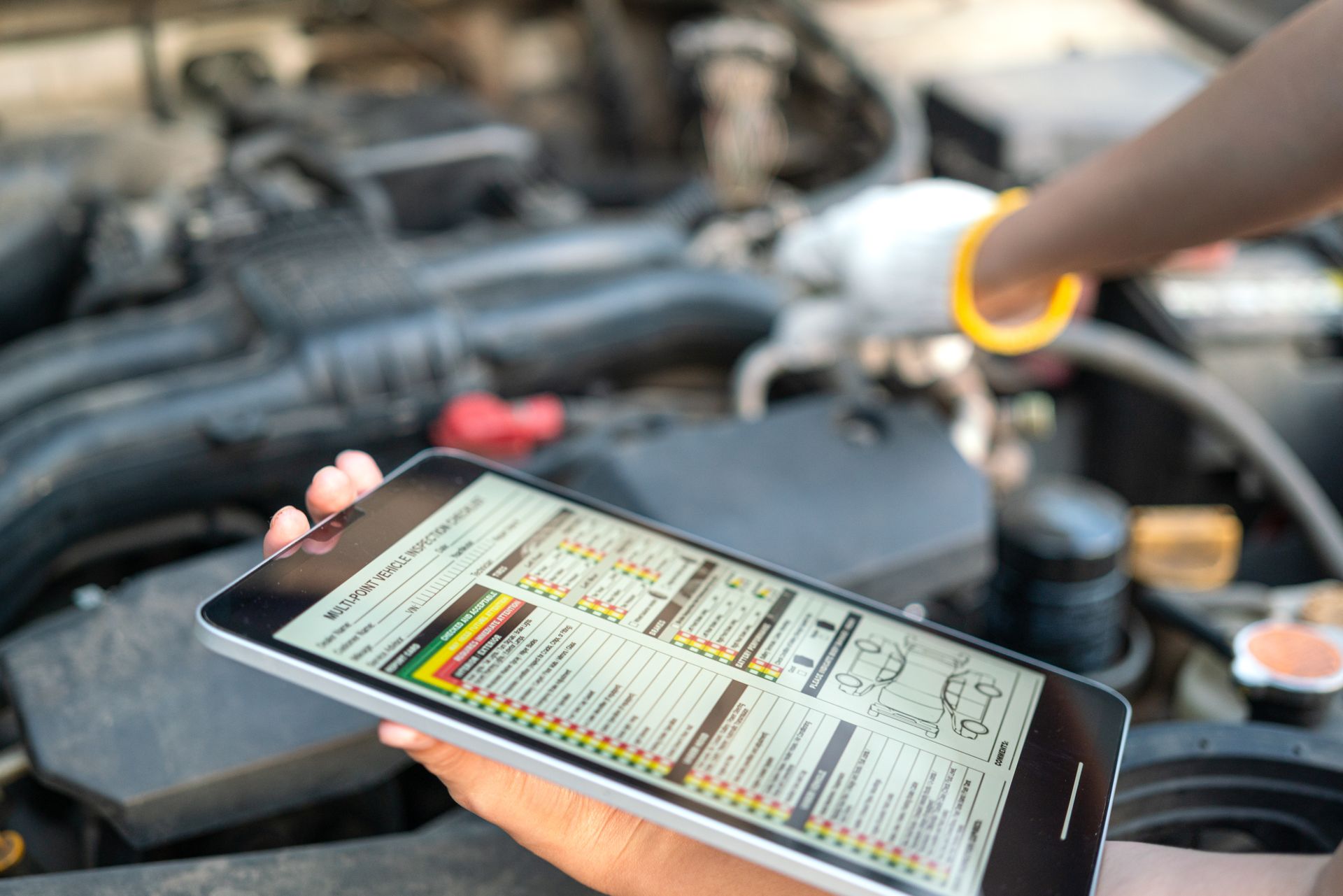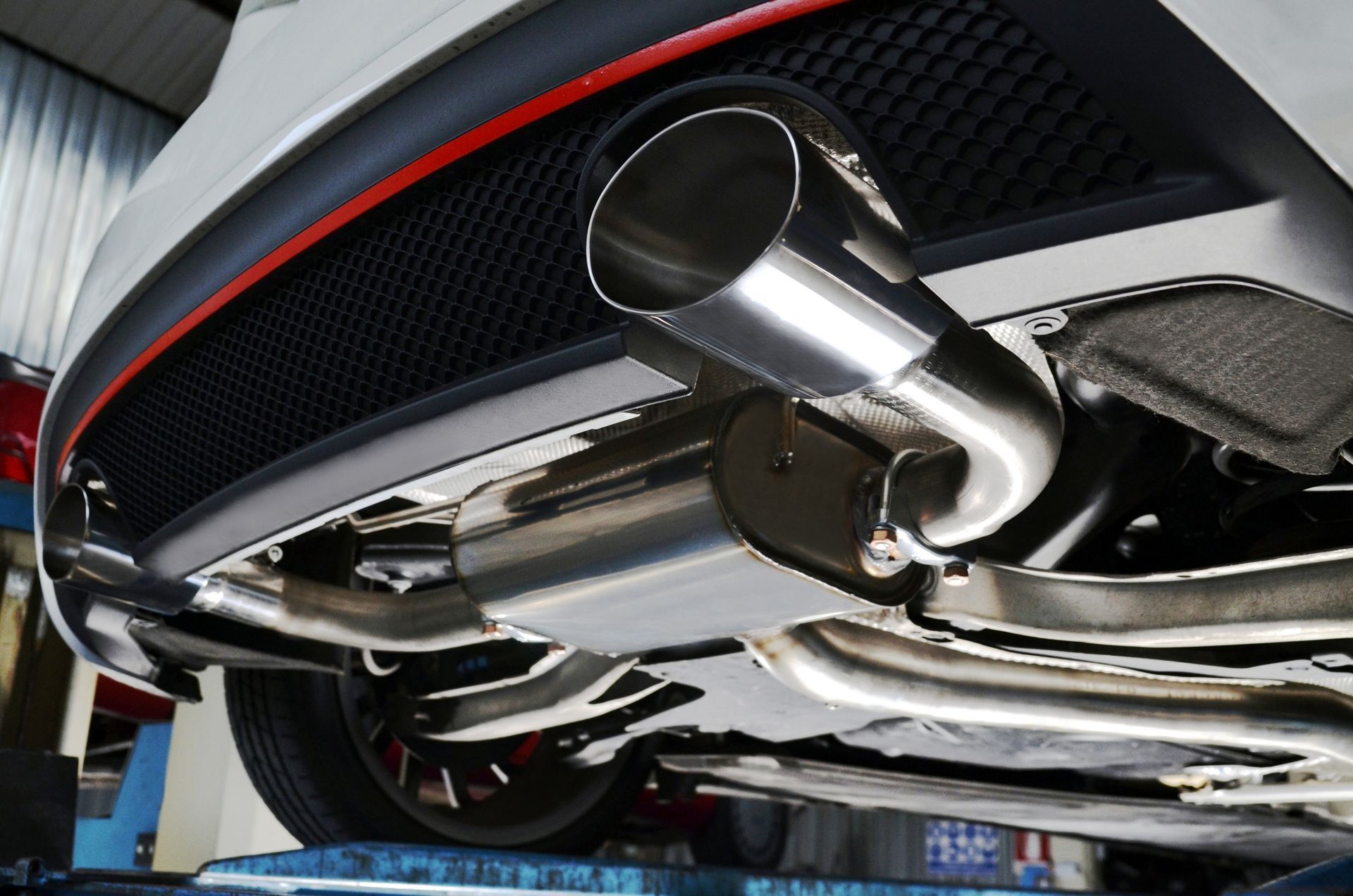We've all been there – you're ready to hit the road, but your car won't start because of a dead battery. Don't worry; it happens to the best of us. Fortunately, jump-starting a car is a relatively simple process that anyone can do with the right tools and know-how.
Step 1: Gather Your Tools
Before you begin, make sure you have the necessary equipment on hand. You'll need a set of jumper cables and a functioning vehicle with a charged battery to provide the jump-start. It's also a good idea to have safety gloves and goggles to protect yourself during the process.
Before you begin, ensure you have all the necessary tools and equipment readily available. Traditional jump-starting requires a set of jumper cables and a vehicle with a charged battery to provide the boost. It's also a good idea to have safety gloves and goggles to protect yourself during the process.
Step 2: Position the Vehicles
Once you have everything ready, park the two vehicles close enough for the jumper cables to reach but without them touching. Make sure both cars are in Park or Neutral and turned off. Engage the parking brake on both vehicles for added safety.
Step 3: Connect the Jumper Cables
Next, it's time to connect the jumper cables:
Start by attaching one end of the red (positive) cable to the dead battery's positive terminal.
Connect the other end of the red cable to the positive terminal of the charged battery.
Attach one end of the black (negative) cable to the negative terminal of the charged battery.
The other end to an unpainted metal surface on the dead car's engine block or any other metal part in the engine bay.
Step 4: Start the Vehicles and Remove the Cables
With the cables connected, start the engine of the functioning vehicle and let it run for a minute. Then, try starting the engine of the dead car. If it starts successfully, let both vehicles run for a few more minutes to allow the battery to recharge. Once the dead car is running smoothly, carefully remove the jumper cables in the reverse order of how they were connected, starting with the black cable from the previously dead vehicle.
If the dead car still doesn't start after a few attempts, it may indicate a more significant issue with the battery or alternator. In such cases, it's advisable to seek professional assistance.
Bonus Tip:
Consider investing in a portable jump starter for added convenience and peace of mind. These compact devices eliminate the need for another vehicle and can be a lifesaver in emergencies. Some of them have a built-in tire pump and USB charging ports for added convenience.
Ready to Get Your Car Running Again? Don't let a dead battery leave you stranded again. Visit Reeves Tire & Automotive today for expert battery diagnostics and replacement.

